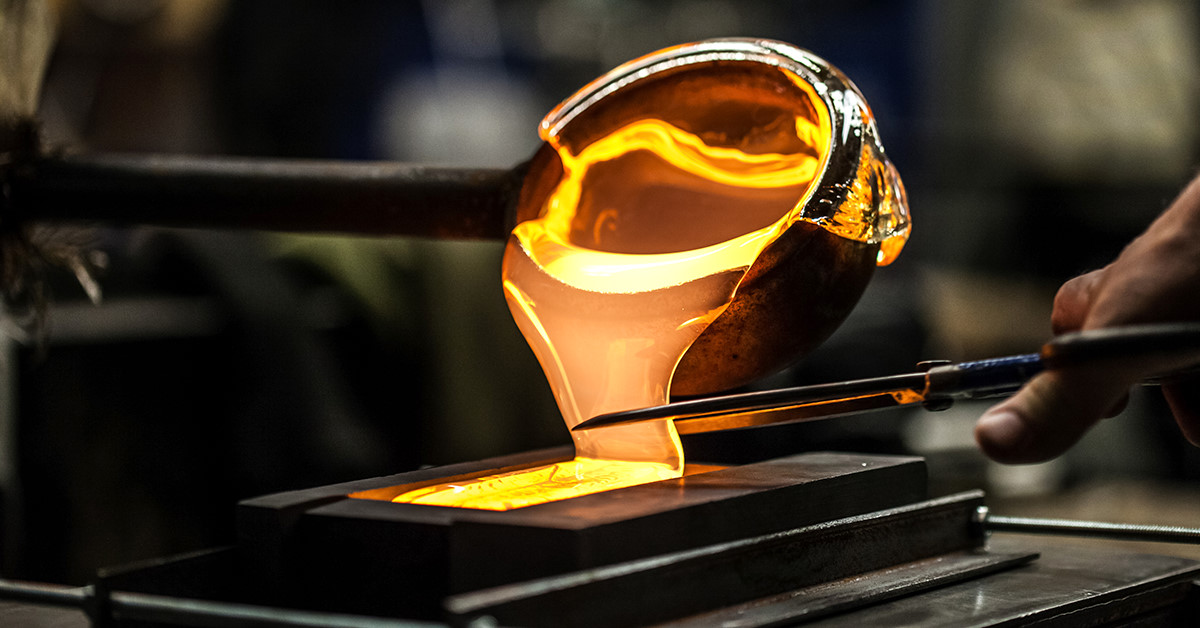How to do Glass Slumping in 3 Easy Steps?

Glass Slumping is a process of glass shaping using heat and gravity
in a kiln with a mold. This process allows creating different types of
glass products. This technique allows us to create unique looks of glass
but requires more time to finalize.
Glass slumping commonly used for creating different types of plates, decorative glasses, bowls and platters.
Difference between slumping vs fusing
Glass
slumping is a different technique than fusing. Glass fusing focuses on
combining glasses into one piece with high or low temperatures, on the
other hand slumping is more focused on re-shaping glass into a new
version with a help of mold in a kiln.
For glass slumping, you
need a mold, kiln and kiln wash (and of course, your glasses). At
Prometheus Hobby, you can find different molds for your preference of
your glass creation; kiln’s, glasses and much more equipment for your
safety as well.
When you get the mold, you can use mold 3
different techniques to manipulate the glass; over, into or through the
mold techniques. These can be chosen of your vision of ending product
and used for different purposes.
3 Easy Steps for Glass Slumping
When you are ready for your glass slumping process, here is your 3 easy step for getting your first glass art into life;
- Mold Preparation
Before using mold, you need to get ready with kiln wash to avoid glass sticking onto the mold when it’s heated. Carefully prepare your mold with applying kiln wash and dry slowly; this will help you maintain many healthy firings with your mold.
- Glass Preparation
After setting mold into the kiln, carefully put your glass onto the mold. Be sure to check mold and glass gets aligned and are away from kiln’s side walls.
- Let’s Fire!
Start the heat at your kiln and avoid rising it too fast for thermal shock. Ideal glass slumping temperature is around 650 °C. After you heat your glass, decrease the temperature to 480 °C and hold there for at least 1 hour (this can be changed with respect to thickness of your glass). Cool your kiln another 100 °C with programming 35 °C cool per hour. When you hit around 370 °C, then go for 20 °C as fast as possible inside the kiln. You are done!
